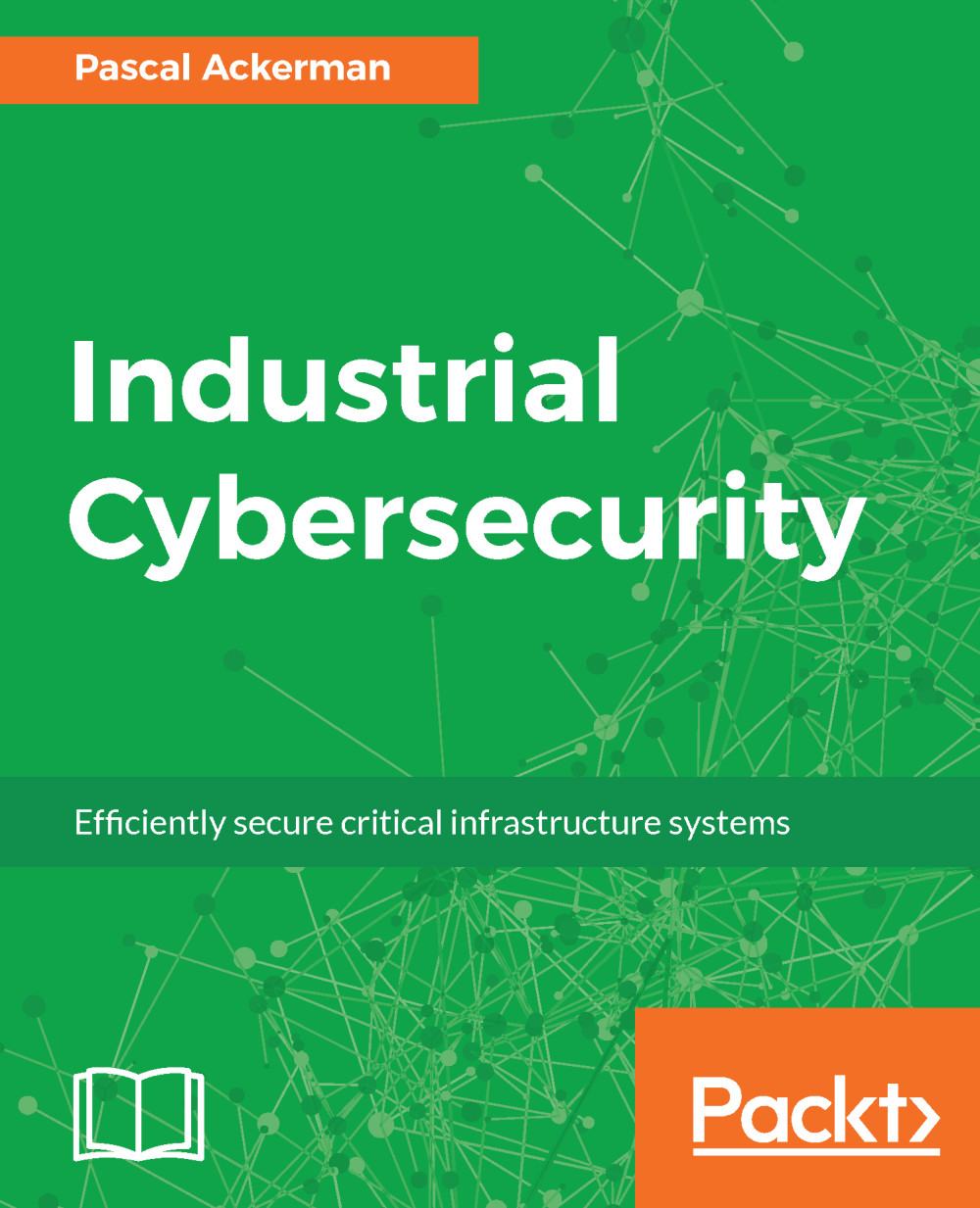If you purchased, borrowed or otherwise picked up this book, there is a good chance you are concerned about Industrial Controls System or ICS security in some way. Along with regular cyber security, ICS security is a hot topic these days. Not a day goes by without some company getting compromised, critical infrastructure controls systems getting infiltrated or our personal information getting splattered all over the internet. As a matter of fact, while writing this book, the following major security events occurred, some even influenced the material of this book:
- In May of 2017 the WannaCry ransomware severely impacted the National Health Service (NHS) and locked hospital workers out of critical healthcare patient data:
- In June of 2017 it is discovered that a sophisticated piece of malware, named Crash Override, targeted infrastructure companies in the United States and Europe in 2014 and brought down the Ukraine electric utilities in 2015. At first it was believed the attacks were random acts of aggression with limited intelligence. Research, performed by Dragos unveiled malicious code that sets a new level of sophistication in ICS targeted malware:
- In July of 2017 the NotPetya WiperWorm causes major downtime and revenue loss for companies like companies the Oreo cookie maker Mondelez, drug maker Merck and car manufacturer Honda:
- Not directly related to ICS security but well worth mentioning here as the Equifax breach of September 2017 is a great example of how flawed security can lead to a devastating compromise of customer's personal information. With some due diligence and common security practices this disaster could have been prevented:
By writing this book I am embarking in educating the reader in the process of securing an Industrial control system by applying industry-wide adopted best practice methods and technologies. The book will use a fictive company as a silver lining throughout the learning process. The company isn't directly based on any real-time business but more a cumulative set of experiences of security postures and situations I have encountered over time.
Before we can dive into any security discussions, with this first chapter, we will discuss exactly what an Industrial control system (ICS), is and what it does. We will look at the different parts that make up an Industrial control system. From an architectural perspective, we will examine the individual parts that can be found in modern day ICSes and look at how they work together to accomplish a common task. We will end the chapter with an examination of the various industrial communication protocols that are used to connect all the parts, systems, and devices in an ICS. This includes a high-level explanation of the Purdue model, a reference model commonly used to explain Industrial control system.


